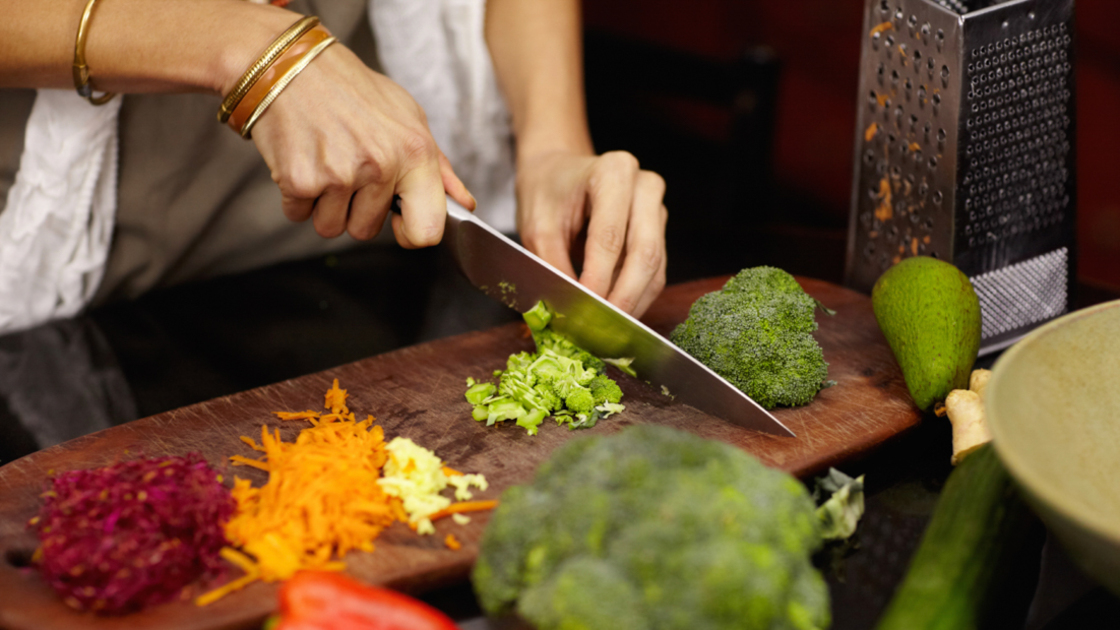A few months ago, I decided I wanted to cook more. But I didn’t want to make boring meals. I wanted to make something exciting, something foreign. My first craving was for curry. I looked at lots of recipes, but I never had the ingredients I needed. Finally, I decided I couldn’t wait any longer and gave it a shot. I was already making broccoli-cheddar soup when I got inspired and thought I might as well try curry on another burner since I was already in the kitchen. I looked over more recipes, but they all required too much effort and too many ingredients. I eventually found one that was easy enough. It included cauliflower, potatoes, canned tomatoes and the usual curry spices (coriander, cumin, turmeric). It was supposed to have peas and cilantro as well, but I didn’t have those. I also had to substitute the canned tomatoes for regular tomato sauce. I cooked the vegetables and then threw everything else into the pot. As I went back and forth from the pot of curry to the pot of soup, I noticed with concern that the “curry” was developing into an unappealing yellow, potatoey glob. I tried adding more tomato sauce and water, but it remained hideous and unappetizing. It was tasteless. I had no desire to eat it, and neither did anyone else.
A few weeks later, I set out to make Pad Thai. Having learned from the curry fiasco, I took more care to pick a good recipe and get all the ingredients. This meant procuring ingredients such as fish sauce (the clean kind), rice vinegar, rice stick noodles, and bean sprouts—things we do not typically have in the pantry. I had to plan ahead to be able to follow the recipe. When I started cooking the meal, I gave it my full attention and followed the recipe closely. It turned out delicious, if I may say so myself.
It was important for me to see such a direct correlation between the amount of effort I put into a dish and the level of deliciousness that it reached. The way I went about making the curry was how I approached cooking most often. I would have a craving for something, so I would look it up, but if I couldn’t find a recipe with on-hand ingredients that didn’t require much time, I either gave up the idea altogether or settled for an inferior dish. Every once in a while, I would find an authentic recipe and go all out. The eggnog I made with cinnamon sticks and freshly grated nutmeg was far superior to the custard I threw together based off of a two-minute YouTube video. The amount of effort I put into making something determined how good it tasted.
In life, it’s too easy to approach activities the way I used to approach cooking. Society tries hard to convince us that there is an easy way out. In reality, without effort there is no success. There is no way to create an amazing dish from a pathetic recipe. Proverbs 13:4 shows the correlation between hard work and success: “The soul of the sluggard desireth, and hath nothing: but the soul of the diligent shall be made fat.”
Here is the New International Version of the scripture: “A sluggard’s appetite is never filled, but the desires of the diligent are fully satisfied.” This applies perfectly to cooking as well as life! Without putting in hard work, our appetites will never be filled. But if we are diligent in our work, the results will be scrumptious.
